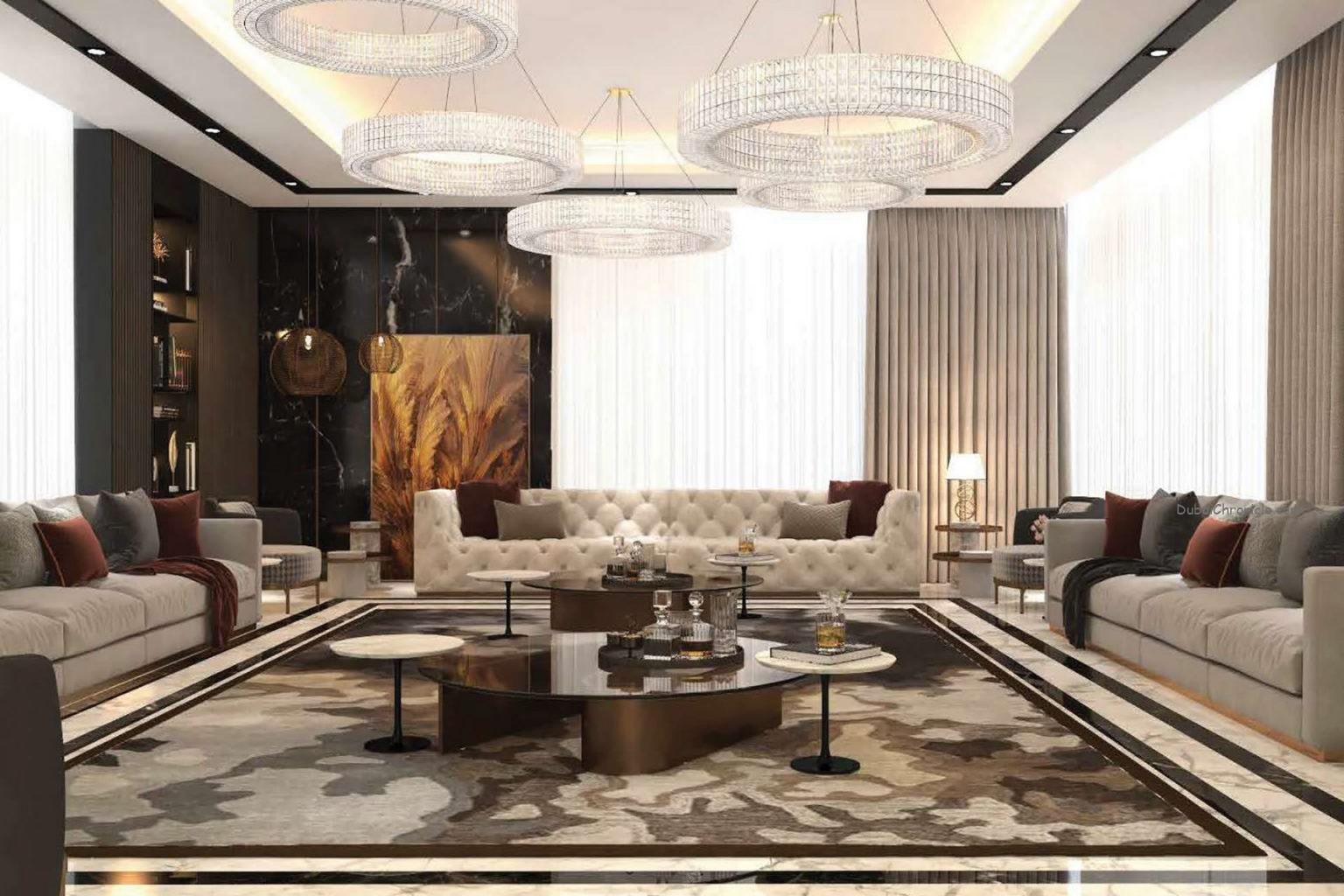Art Deco Style Architecture (1925-1940): The Dazzling Era of Glamour and Elegance

Introduction
In the roaring twenties and tumultuous thirties, a remarkable architectural movement emerged that still captivates hearts and minds today: Art Deco style architecture. This enchanting design movement, prevalent from 1925 to 1940, is a testament to the boundless human creativity and the spirit of embracing modernity. Let’s delve into the glitz, glamour, and innovation of this era-defining architectural style.
A Fusion of Influences
Art Deco style architecture is a captivating blend of various influences from around the world. From the geometrical patterns of Cubism to the vibrant colors of Fauvism, the movement drew inspiration from the diverse artistic currents of the time.
Rise to Prominence
The Art Deco movement gained momentum in the mid-1920s, flourishing against the backdrop of societal changes and technological advances.
Key Characteristics of Art Deco Style Architecture
Art Deco architecture is instantly recognizable for its sleek lines and geometric shapes. Buildings designed in this style often feature symmetrical patterns, stepped forms, and intricate zigzags. These elements create a sense of order and dynamism, encapsulating the modern era’s fascination with progress and precision.
Skyline Transformations
Art Deco architecture left an indelible mark on city skylines.Notable examples include the Chrysler Building in New York City and the Empire State Building, both showcasing the movement’s flair for grandeur.
Entertainment Venues
The glitz and glamour of the Art Deco movement found a natural home in entertainment venues. Theatres and cinemas embraced the style, transforming spaces into veritable palaces of opulence. Elaborate facades, intricate lighting, and plush interiors transported audiences into a world of luxury, evoking the sense of escape and extravagance that defined the era.
Legacy and Modern Influence
Enduring Appeal
Its aesthetic reemerged in the mid-20th century, inspiring everything from fashion to interior design. The movement’s timeless allure lies in its ability to fuse the past and present, creating a visual language that transcends eras.
Contemporary Revival
In recent years, a resurgence of interest in Art Deco architecture has taken hold. Architects and designers are revisiting the movement’s principles, infusing modern projects with echoes of its glamour. This revival demonstrates the enduring power of Art Deco to captivate new generations and provide a bridge between the past and the future.
The Roaring Twenties and the Jazz Age
Influence As the dust settled after the devastation of World War I, the world was ready for a change. The 1920s saw a wave of economic prosperity and social liberation, giving birth to the Jazz Age. This vibrant atmosphere found its reflection in the Art Deco architecture of the time. The movement borrowed elements from various art forms, including Cubism and Futurism, and infused them with a touch of opulence. Skyscrapers soared to new heights, clad in intricate metalwork and adorned with geometric motifs that mirrored the exuberance of the era.

The Evolution of Art Deco
Art Deco architecture didn’t adhere to a single template; it was a mélange of influences and interpretations.
Key Characteristics of Art Deco Architecture:
Lavish Ornamentation Art Deco didn’t shy away from ornamentation.Buildings were embellished with stylized flora, fauna, and sunbursts. These lavish decorations added a touch of glamour and luxury to the architecture, celebrating the newfound prosperity of the era.
This led to the incorporation of exotic influences into Art Deco architecture. From the intricate patterns of Egyptian motifs to the bold colors of African art, these global inspirations enriched the style and made it truly international.
Iconic Examples of Art Deco Architecture
A Symbol of Ambition No discussion of Art Deco architecture is complete without mentioning the iconic Empire State Building. Soaring over the New York skyline, it epitomizes the style’s grandeur and aspiration. The setbacks, metal spandrels, and artful lighting make it a masterpiece that marries form and function.
The Radiant Architecture of Miami Beach The vibrant city of Miami Beach boasts a treasure trove of Art Deco gems. The pastel-hued buildings along Ocean Drive transport visitors back to the glamour of the 1930s. The smooth curves, nautical elements, and neon signs capture the essence of a bygone era, where leisure and luxury reigned supreme.
The Streamlined Magnificence of the Hoover Dam Even monumental infrastructure projects embraced Art Deco. The Hoover Dam, a marvel of engineering, showcases the style’s adaptability.
Contemporary Takes on Art Deco
Modern architects pay homage to Art Deco by infusing its elements into contemporary designs.Preserving the Glamour Efforts to preserve Art Deco landmarks have gained momentum. Historical societies and architecture enthusiasts are working tirelessly to protect and restore these architectural treasures, ensuring that future generations can marvel at their elegance and glamour.
Conclusion
Art Deco style architecture, with its captivating blend of influences, geometric elegance, and opulent ornamentation, stands as a testament to the creative spirit of the interwar period. From the towering skyscrapers that define cityscapes to the luxurious theaters that transport us to another time, the legacy of Art Deco continues to enchant and inspire.





